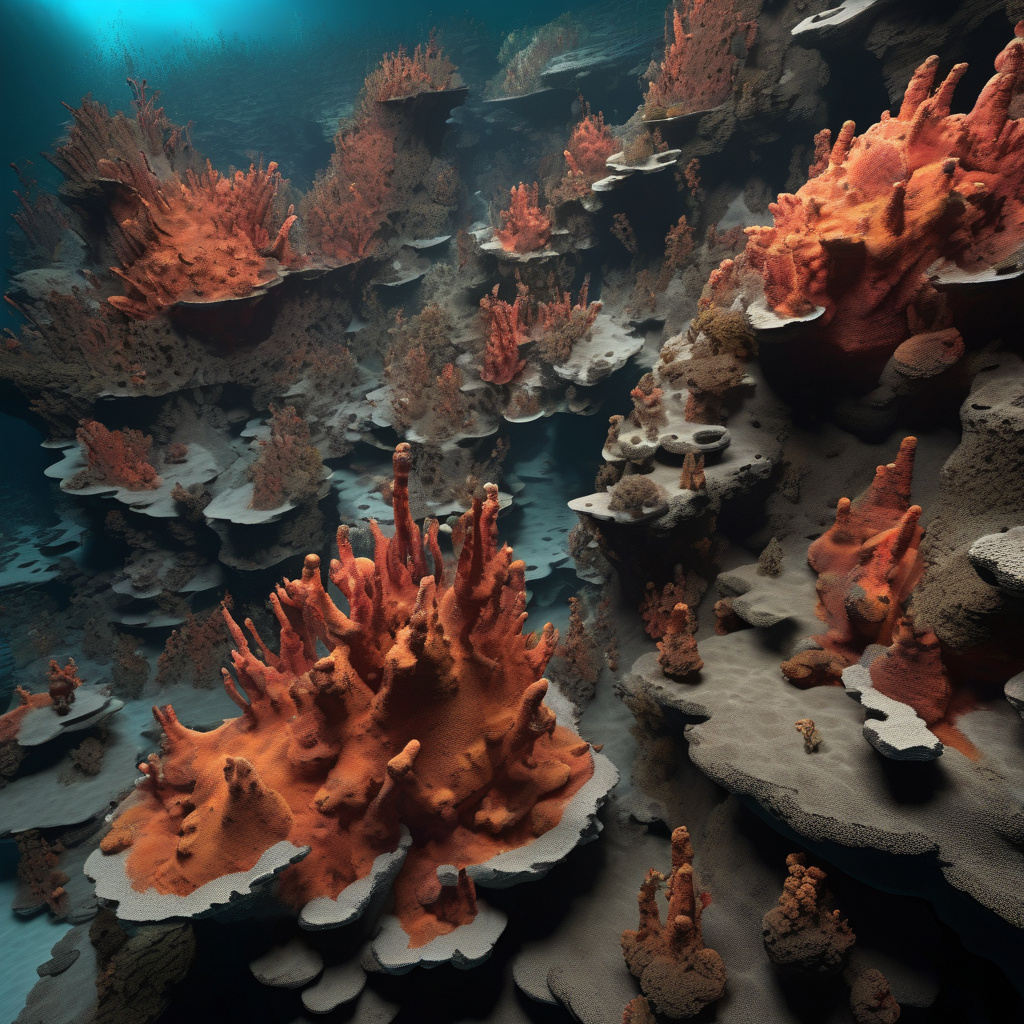100x Larger Hydrogen-Rich Hydrothermal System Beneath Western Pacific Seafloor Discovered
Scientists have discovered a massive hydrogen-rich hydrothermal system beneath the western Pacific seafloor. The system, estimated to be 100 times larger than average hydrothermal vents found on the seafloor, has sparked excitement and curiosity among researchers worldwide. This groundbreaking discovery opens up a realm of possibilities for understanding the Earth’s geology, the potential for unique forms of life, and the utilization of hydrogen as a renewable energy source.
Hydrothermal vents are fissures in the Earth’s surface that emit geothermally heated water. These vents are known to support diverse ecosystems by providing essential nutrients and energy in the form of hydrogen. The newly found hydrothermal system, located deep beneath the western Pacific Ocean, is believed to hold significant quantities of hydrogen, making it a hotspot for scientific exploration.
One of the key implications of this discovery is the potential for finding novel life forms that thrive in extreme conditions. The high levels of hydrogen in the hydrothermal system could support microbial communities that have adapted to utilize this abundant energy source. Studying these organisms could provide valuable insights into the limits of life on Earth and the potential for life beyond our planet.
Moreover, the discovery of the vast hydrogen-rich hydrothermal system raises exciting possibilities for renewable energy production. Hydrogen is a clean and efficient fuel source that can be used in fuel cells to generate electricity with only water as a byproduct. By harnessing the hydrogen from hydrothermal vents, scientists could unlock a sustainable energy resource that has the potential to reduce our dependence on fossil fuels.
In addition to its scientific and energy-related implications, the discovery of the massive hydrothermal system underscores the importance of continued exploration and research of the Earth’s oceans. The deep-sea remains one of the least understood environments on our planet, with countless mysteries waiting to be unraveled. Understanding the processes that shape the ocean floor and sustain life in extreme environments is crucial for advancing our knowledge of the Earth’s systems and the origins of life.
As researchers delve deeper into the newly discovered hydrogen-rich hydrothermal system beneath the western Pacific seafloor, the possibilities for new discoveries and innovations are endless. From unlocking the secrets of microbial life to tapping into renewable energy sources, this finding has the potential to revolutionize our understanding of the Earth and our approach to sustainable energy production.
In conclusion, the recent discovery of the 100x larger hydrogen-rich hydrothermal system beneath the western Pacific seafloor represents a significant milestone in scientific exploration. This finding not only expands our understanding of the Earth’s geology and the potential for unique forms of life but also offers promising prospects for harnessing hydrogen as a renewable energy source. As researchers continue to study this remarkable system, we can expect even more groundbreaking revelations that will shape the future of oceanography and sustainable energy.
hydrothermal, western Pacific, hydrogen-rich, renewable energy, scientific exploration












